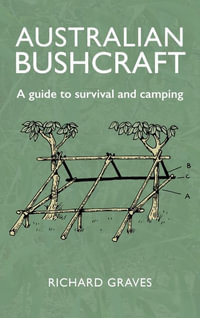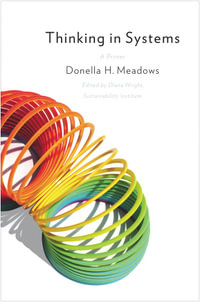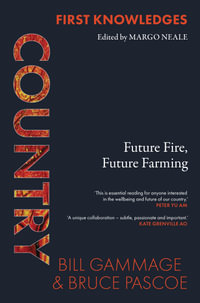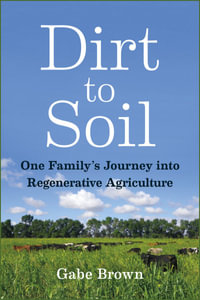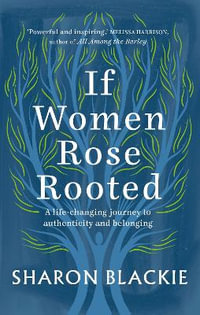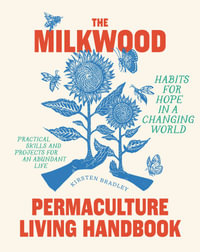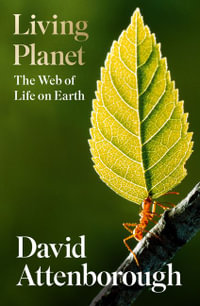Foreword ix
Introduction xiii
Chapter 1 The Environmental Impact of the Contemporary Economic Model 1
1.1 The negative effects of the economic model on the environment 2
1.1.1 Disasters of economic activity accelerated by the First Industrial Revolution 2
1.1.2 Questions about the capitalist system 5
1.2 A society that pollutes 7
1.2.1 Waste: elements of definition 8
1.2.2 Pollution in the world: an inevitable growth? 10
1.2.3 Public policies to reduce pollution 17
1.3 A sustainable economic model? 22
1.3.1 The sustainability approach 23
1.3.2 Ecological footprint 25
1.4 Conclusion 27
Chapter 2 Eco-design: Definitions and Theoretical Outlines 29
2.1 Eco-design: a plural concept 30
2.1.1 The pioneers of eco-design 30
2.1.2 Technocentric eco-design 31
2.1.3 Sustainable design 40
2.2 Technocentric eco-design: a dominant approach 44
2.2.1 The diversity of available methods 46
2.2.2 The most commonly used method: life cycle analysis 46
2.2.3 Some examples of technocentric eco-design 55
2.3 The contribution of eco-design to environmental innovations 58
2.3.1 Innovation, environmental innovation and sustainable innovation 58
2.3.2 The circular economy and the functional economy: practices that are sources of environmental innovations 62
2.3.3 Frugal innovation: a form of sustainable design 69
2.4 Conclusion 70
Chapter 3 Eco-design in Companies: Practices and Decisive Actions 73
3.1 A systemic approach to innovation 74
3.1.1 Socio-technical systems 75
3.1.2 Institutions 77
3.2 Eco-design in socio-technical systems 78
3.2.1 The elements of the system 79
3.2.2 The relationships between the elements of the socio-technical systems 88
3.2.3 Coordination by institutions 93
3.3 Visible aspects of eco-design practices in socio-technical systems 97
3.3.1 The economic results of companies: is it essential to "get" eco-design approaches accepted? 97
3.3.2 Communication: a tool to support the diffusion of eco-design practices 100
3.4 Conclusion 104
Chapter 4 Questions and Perspectives on Eco-design 107
4.1 Technocentric eco-design: an insufficient solution to the ecological transition 108
4.1.1 The difficulty of leaving the dominant socio-technical regime 108
4.1.2 Limitations due to eco-efficiency and the rebound effect 113
4.2 The contribution of eco-design to the circular economy 117
4.2.1 Circular economy business models and the diffusion of eco-design 117
4.2.2 Technocentric eco-design and the circular economy: complementary approaches 122
4.2.3 Circular economy business models and relationships between actors in socio-technical systems 124
4.2.4 The limits of the circular economy 125
4.3 The solutions enabled by sustainable design in the ecological transition perspective 128
4.3.1 New possible uses for a new relationship between the human species and its environment 128
4.3.2 The advantages of frugal innovation 130
4.4 Perspectives 131
4.4.1 Going further by involving stakeholders in innovation 131
4.4.2 Considering the environment as a common good 133
4.4.3 Profound changes are needed in the socio-technical systems 134
4.5 Conclusion 136
Conclusion 139
References 143
Index 163



